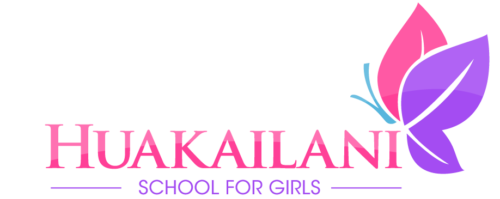Malama Class (GRADES K-2)
In the Malama Class (grades K-2) the students acquire the foundational skills they need for success in school and in life. In a multi-age setting, they master reading, writing and arithmetic, following rigorous academic standards.
English and Language Arts
The goal of the Malama Language Arts program is to create confident, capable, successful, life-long readers, writers, and communicators. Throughout the lower school, the Science of Reading based curriculum incorporates all genres of literature through books, projects, and writing activities.
Grades K-2 core reading instructional materials include both decodable texts with which students can practice their skills as well as rich children’s literature and informational texts through which students’ vocabulary, background knowledge and interest will be enhanced. Students read a variety of fiction and non-fiction literature. The books are leveled for individualized instruction and have strong, child appealing themes and genres.
Reading & Writing
We believe that exposure to language arts at an early age is paramount to laying a strong foundation for higher education. The language arts program consists of instruction in the areas of the writing process, spelling, reading, phonics and handwriting. The language arts program is based on the following philosophy:
- Reading, writing and spelling are an inseparable processes
- Writing and spelling should have purpose and meaning
- Children learn to read and write by reading and writing many different kinds of texts
- Reading and writing are powerful tools for learning
- Reading and writing flourish in a supportive community
- Success at reading and writing encourages further reading and writing
Our Science of Reading based curriculum allows students to develop knowledge of letter names and shapes and to convey the understanding that spoken words are composed of sounds and that letters correspond to these sounds (phonemic awareness). It also provides a systematic and explicit instruction in sound/symbol relationships (phonics).
The reading program includes the child actively reading: To and with the teacher both individually and in small groups for specific reading and phonics instruction, in shared and guided reading groups, in language experience groups, to herself for pleasure and to and with peers to share information or for pleasure.
Students are given opportunities to discuss what’s read with the teacher and peers to enable students to learn to defend opinions based on their readings, thus deepening their understanding of the texts and their ability to use a whole range of responses from literal to critical and evaluative
Handwriting
Handwriting fluency is fundamental to learning because children think and write at the same time. When we teach children to write, we also teach them how to express themselves. If they struggle to form their letters, their ability to express themselves will suffer. Our goal is to help students learn proper handwriting habits and then apply those habits naturally and automatically to all writing experiences that they’ll take throughout elementary school, high school, and beyond.
Mathematics – 5 Basic Math Strands
- Number Sense and Operations – Arithmetic and place value
- Algebra – From the youngest age, learning to recognize patterns and sets (“pick the small red fish”) creates the groundwork for working with unknowns and algebraic variables.
- Geometry and Spatial Sense – When children build on their knowledge of basic shapes, they increase their ability to reason spatially, read maps, visualize objects in space, and eventually use geometry to solve problems.
- Measurement – Learning how to measure and compare is an important life skill that encompasses the concepts of length, weight, temperature, capacity, time, and money.
- Data Analysis and Probability – Using charts, tables, and graphs will help children learn to share and organize information about the world around them.
The math curriculum is designed to help students learn a wide range of concepts and problem solving skills as well as assure knowledge of basic skills. A wide range of manipulatives will be used to provide a strong conceptual understanding of skills. Collecting and organizing data, solving word problems, and using various strategies for problem solving will be emphasized.
From pre-kindergarten through second grade, children develop a mathematical foundation by building beliefs about what mathematics is and what it means to understand and “do” mathematics. Instruction helps them understand patterns and measurement and develops a solid understanding of the numeration system.
An important key to developmentally appropriate mathematics instruction, at any age or grade level, is achieving balance between teaching for conceptual understanding and teaching for procedural fluency. Students learn procedures with meaning so math is not just memorizing discrete pieces of information that are difficult for them to remember. Students develop an understanding of the concepts they are studying before they apply these ideas to procedural strategies.
